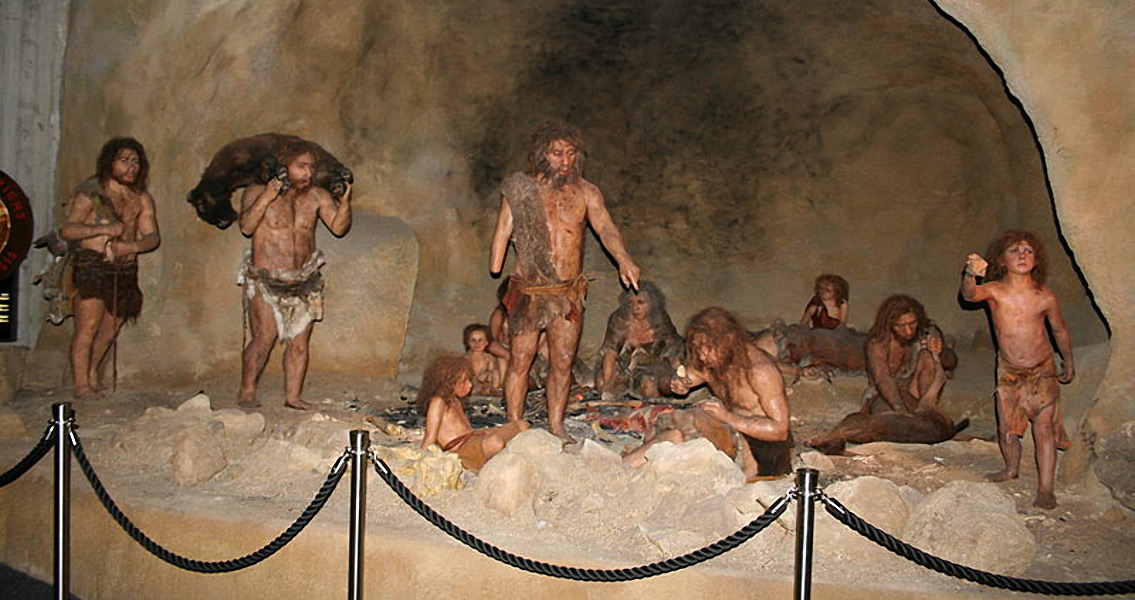<![CDATA[New evidence that the Neanderthals were not as primitive as popular opinion would have them is constantly emerging. The latest find in this respect is a hole in the floor of a cave in Abric Romani, near Barcelona, that researchers believe was used for heated water. The hole, according to a statement from the Catalan Institute of Human Palaeoecology and Social Evolution (IPNES), measures 40 by 30 by 10 centimeters and the water in it was heated by throwing hot stones in. Around the hole, the team excavating the Abric Romani site found a number of hearth remains. The hole itself was near one of the walls of the cave, which was occupied some 60,000 years ago. What led the team to the suggestion about the heating mechanism used, were the remains of stones – limestone and speleotherm – which featured “thermical fractures”, the statement reads. As to what the hot water was used for, there can only be speculation, though given the size of the hole it’s difficult to imagine it could have accommodated anything bigger than a baby. Another fascinating find at this site was a sort of bedroom, in other words, a place designated specifically for sleep and nothing else, Softpedia notes. There were also specific places where the trash from the activities of the cave’s occupants was thrown away, and an area where stone tools were made and animals butchered. Each of these areas was surrounded by hearths, apparently to separate each from the rest. The abundance of specific kinds of artifacts in certain parts of the cave suggests each of these parts was used for a different purpose. The “bedroom”, for instance, contained far fewer artifacts than other parts of the cave. A lot of animal bones were found at the site, probably belonging to no less than 15 individual animals, such as horses, deer, and wild goat – and these bones bear cutting marks most likely made with stone tools, the IPNES statement relates. The tools themselves were made from flint, quartz and limestone. More than 10,000 artefacts in total were discovered in the cave, which spans 180 sq m. The team who worked on the dig applied a novel technique of photographing all the finds before removing them from the places they were found in, with the aim of creating a digital map of the cave. This map will then be added to other such maps that will go on display in the Neanderthal Museum of Catalonia. This latest discovery adds to a growing body of evidence that Neanderthals were quite advanced. Among other recent discoveries were bones and talons from birds of prey that were most probably used as personal decorations, suggesting the people who made and wore then were not unfamiliar with an aesthetic sense. Other artifacts have revealed that Neanderthals cooked their food and even used herbs and spices in it. Cooking seems to not just have been restricted to roasting lumps of meat. Some researchers studying Neanderthal dwellings have suggested that they also boiled their food in bags made from tree bark or animal skin, the Daily Mail notes. Image courtesy of Wikimedia Commons user: Tromber]]>
Neanderthal “Bathtub” Found in Spain
